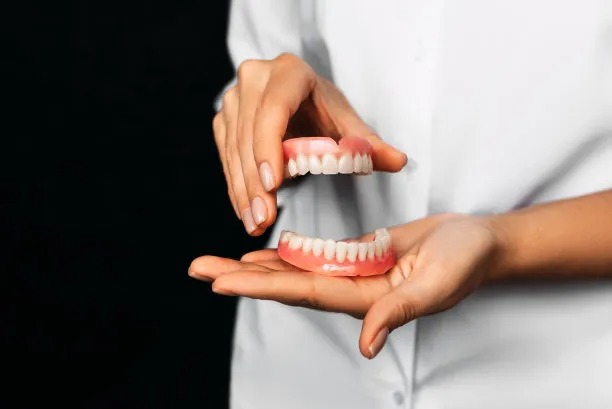The Essential Guide to Extracting a Tooth Safely and Effectively for Improved Oral Health
Summary: Extracting a tooth can be a daunting experience, but understanding the process is essential for ensuring safety and effectiveness. This guide outlines key aspects of tooth extraction focused on improving oral health. We will explore the reasons for tooth extraction, preparation for the procedure, the extraction process itself, and aftercare practices. By grasping these fundamental aspects, both patients and dental professionals can work together for a smoother experience that prioritizes health and comfort.
1. Reasons for Tooth Extraction Explained Thoroughly

There are several reasons why tooth extraction may be necessary, ranging from severe decay to overcrowding. One of the most common reasons is dental caries, where a tooth has become irreparably damaged or infected. When a tooth has advanced decay that cannot be saved with restorative treatments, extraction becomes the best option for maintaining overall oral health.
Another common reason for extraction is periodontal disease. This condition affects the gums and supporting structures of the teeth, often leading to tooth mobility and infection. Removing the affected teeth can stop the spread of disease and preserve the health of the remaining teeth.
Lastly, overcrowding in the jaw can necessitate tooth extraction, particularly in preparation for orthodontic treatments. In such cases, removing one or more teeth allows for better alignment and positioning of the remaining teeth, ultimately improving the individual’s bite and overall dental aesthetics.
2. Preparation for Tooth Extraction: What to Expect
Preparation for a tooth extraction is crucial to ensure a seamless experience. Initially, patients should schedule a consultation with their dentist who will assess the tooth and take necessary imaging, such as X-rays. This diagnostic step allows the dentist to understand the tooths position and plan the extraction procedure accurately.
Once deemed ready for extraction, the dentist will provide pre-operative instructions, which may include guidelines on eating, drinking, and medication. It is essential to follow these guidelines to reduce risks associated with anesthesia and ensure optimal recovery.
For those with anxiety about the procedure, discussing sedation options with the dentist can be beneficial. Multiple sedation methods exist, ranging from mild sedatives to general anesthesia, depending on the complexity of the extraction and the patients comfort level.
3. The Tooth Extraction Process: A Step-by-Step Guide
The tooth extraction process typically begins with anesthesia. This is a vital step that helps numb the area around the tooth, ensuring the patient remains comfortable throughout the procedure. Once the anesthesia takes effect, the dentist will proceed with the extraction.
Depending on the tooths condition, the dentist may need to perform different techniques. For visible teeth, the dentist will gently rock the tooth back and forth to loosen it from the socket. However, for impacted teeth or those that have broken at the gum line, additional surgical methods may be necessary to remove the tooth effectively.
The duration of the extraction procedure can vary based on its complexity. Regardless of the method, the focus always remains on minimizing discomfort and ensuring the procedure is completed safely. After the tooth has been removed, the dentist may place gauze over the extraction site to control bleeding.
4. Post-Extraction Care for Optimal Healing
After a tooth extraction, proper care is essential for healing and to avoid complications. Patients should follow the dentists aftercare instructions closely, which typically include biting gently on gauze pads for a couple of hours to reduce bleeding and promote clot formation.
It’s important to manage pain following the extraction. Over-the-counter pain relievers may suffice, but in some cases, dentists prescribe stronger medications. Patients should also avoid strenuous activities and rest to facilitate a smoother recovery.
Additionally, maintaining oral hygiene is critical, but patients should be careful around the extraction site. Gentle rinsing with warm salt water can help keep the area clean without disturbing the blood clot. Monitoring for signs of infection, such as excessive swelling or unusual discharge, is also crucial as it may require further dental attention.
Summary:
Understanding the tooth extraction process, from the reasons behind it to effective aftercare, is vital for maintaining good oral health. By educating both patients and dental professionals on these aspects, the likelihood of complications decreases, ensuring a safer experience.
This article is compiled by Vickong Dental and the content is for reference only



